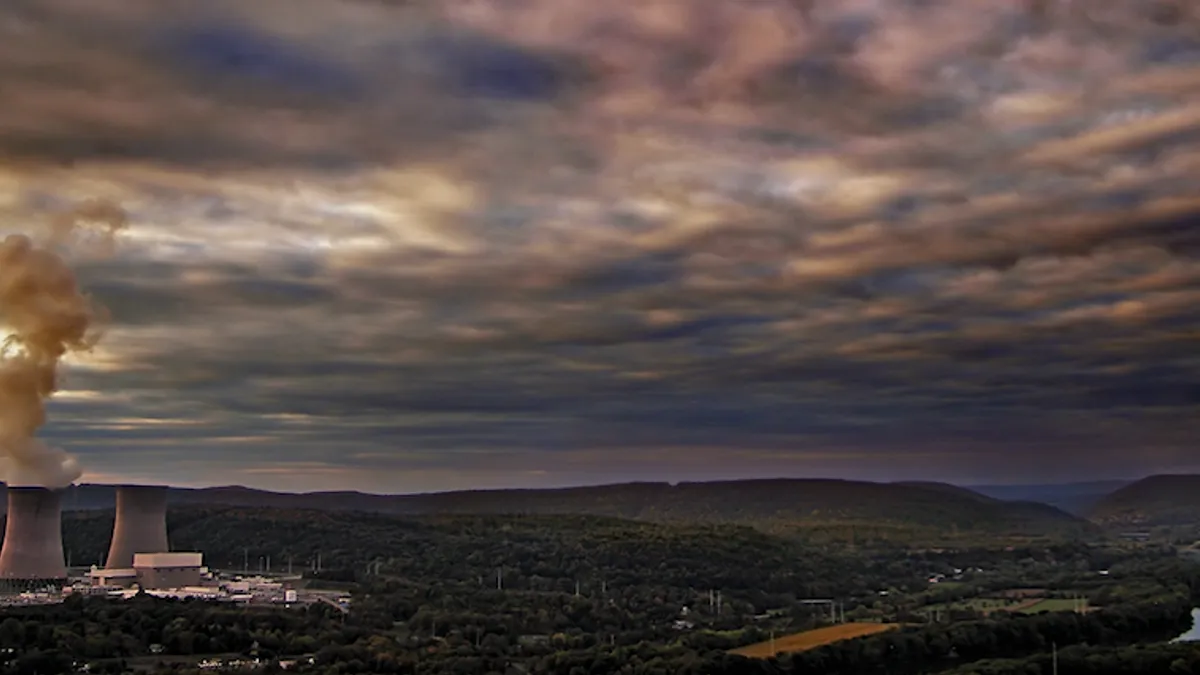The following is a viewpoint by Andrew L. Ott, president and CEO of PJM Interconnection.
The operators of the world’s electrical grids today find themselves contending with a range of fresh challenges, from extreme weather to cyber and physical attacks, to the changes in the electrical generation fleet driven by the advent of cheap and plentiful natural gas and the public’s support for increased deployment of renewable resources.
The pace of those changes has pushed grid operators, who are well practiced in the reliable delivery of electricity, to prepare for future vulnerabilities for which no set of standards exist.
At PJM Interconnection, the grid operator for 65 million people in 13 states and the District of Columbia, the mission before us is to ensure a resilient grid that can keep the lights on today and tomorrow, but can also withstand rare, but powerful, electrical system disruptions.
On Nov. 1, as part of the next phase in our ongoing commitment to grid resilience, PJM released the results of our Fuel Security Resilience Analysis. Fuel security simply refers to the ability of the system’s generators to access the fuel they need to generate electricity in the face of disruptive events over an extended time period.
The good news about the study results is that the grid is remarkably secure. The analysis confirmed that the PJM grid remains reliable today and into the future, but if subjected to the right combination of extreme, but plausible conditions, the system's ability to deliver power could be impacted.
That means we have work in front of us to secure a resilient grid for the future. PJM believes strongly that the competitive wholesale electricity market is the best mechanism to encourage investment in fuel-secure resources, in combination with planning and operational measures. The same markets have been working to improve reliability and reduce costs to consumers for more than 20 years.
Government intervention to choose particular generation resources in the name of resilience is not only unnecessary, it will raise consumer costs and discourage investment in newer, cleaner, more efficient technologies.
The wholesale electricity markets allow the least-cost power source, wherever it’s located, to provide electricity where we need it, over a wide region. From 2008 to 2017, we’ve seen wholesale electricity prices drop by more than 40% in the PJM region while emission levels have also dropped.
So, why did PJM conduct this study?
For the last two years, PJM has raised the need to address resilience risks beyond current reliability standards, especially as the fuel mix shifts rapidly from aging nuclear and fossil fuel plants to natural gas and renewables. We concluded in a study last year that the PJM system can remain reliable with the addition of significantly more natural gas and renewable resources.
Still, we faced a legitimate question, expressed by the Federal Energy Regulatory Commission, the Department of Energy and elected officials from both parties: will a grid that relies heavily on one source of fuel be at risk for disruptions to the fuel supply?
We know that the need for diversity of resources and fuel security isn't a myth. We have seen the consequences stemming from a lack of fuel diversity in New England.
PJM looked five years into the future to analyze more than 300 scenarios ranging from typical operations to extreme, considering elements like retirements, customer demand, fuel delivery and fuel disruptions. We found that in some of the extreme conditions, the grid could be at risk for emergency measures or outages.
PJM believes the most effective way to address fuel security is to define and establish fuel security criteria and then use markets to allow all technologies to compete to meet those criteria. This has worked in regard to reliability standards and has resulted in a better grid. We will take our findings to our members — who include generators, transmission owners, customers and public advocates — to determine how the market can most effectively attract investment in fuel-secure generation.
PJM is not alone in this quest. We will continue to work with our key partners, including the federal government, states and impacted industries, to further define a fuel security scenario informed by the Department of Energy.
Grid operators understand that electricity is a public necessity, nearly as important to people's lives as food, water and shelter, and we recognize that part of our job is to look to the future to maintain a resilient grid under any circumstance.
Examining fuel security is a crucial element to that. We owe it to everyone to get it right.
Andrew L. Ott is the president and CEO of PJM Interconnection, which ensures the reliability of the high-voltage electric power system serving all or parts of Delaware, Illinois, Indiana, Kentucky, Maryland, Michigan, New Jersey, North Carolina, Ohio, Pennsylvania, Tennessee, Virginia, West Virginia and the District of Columbia.






















